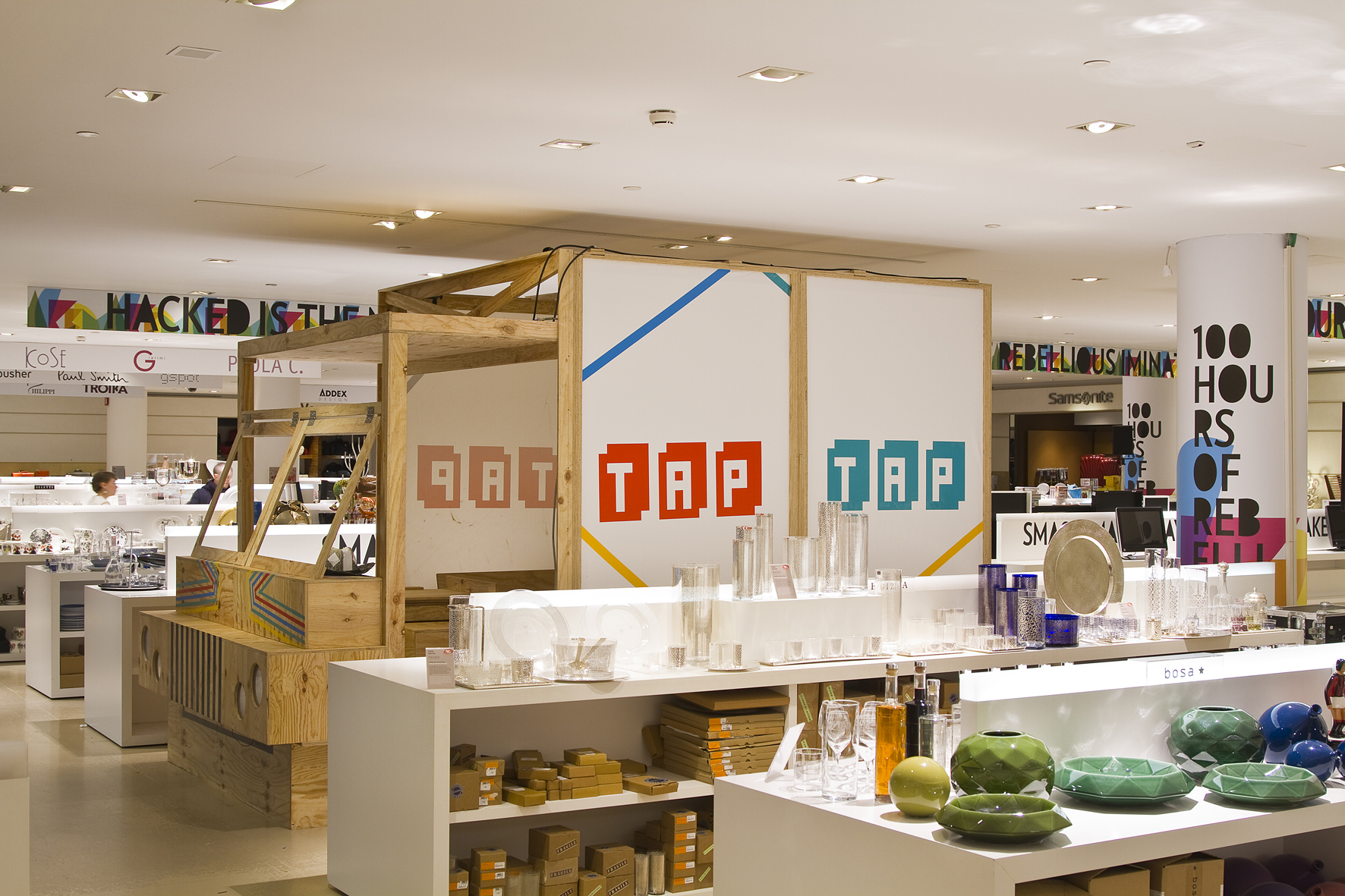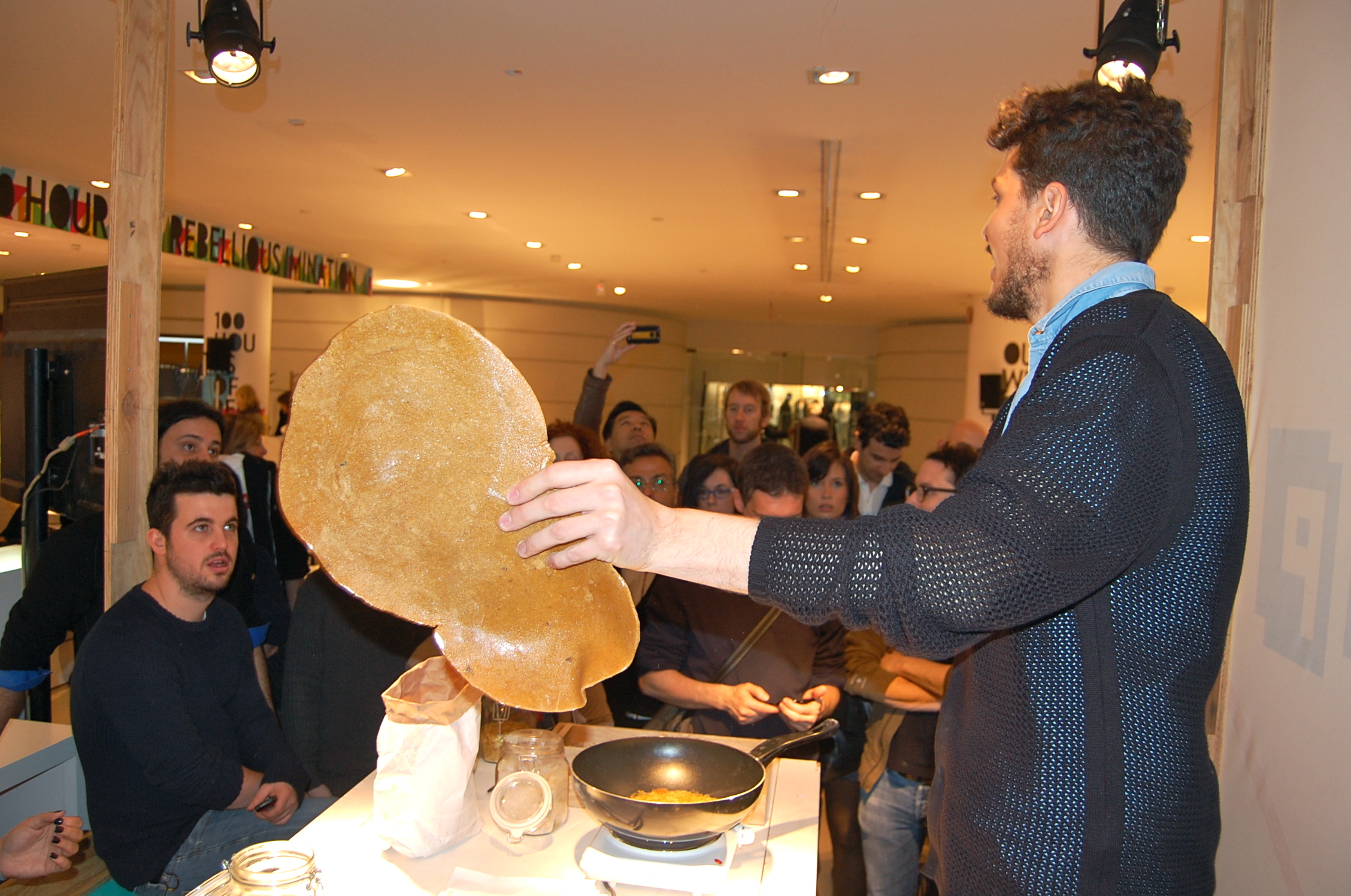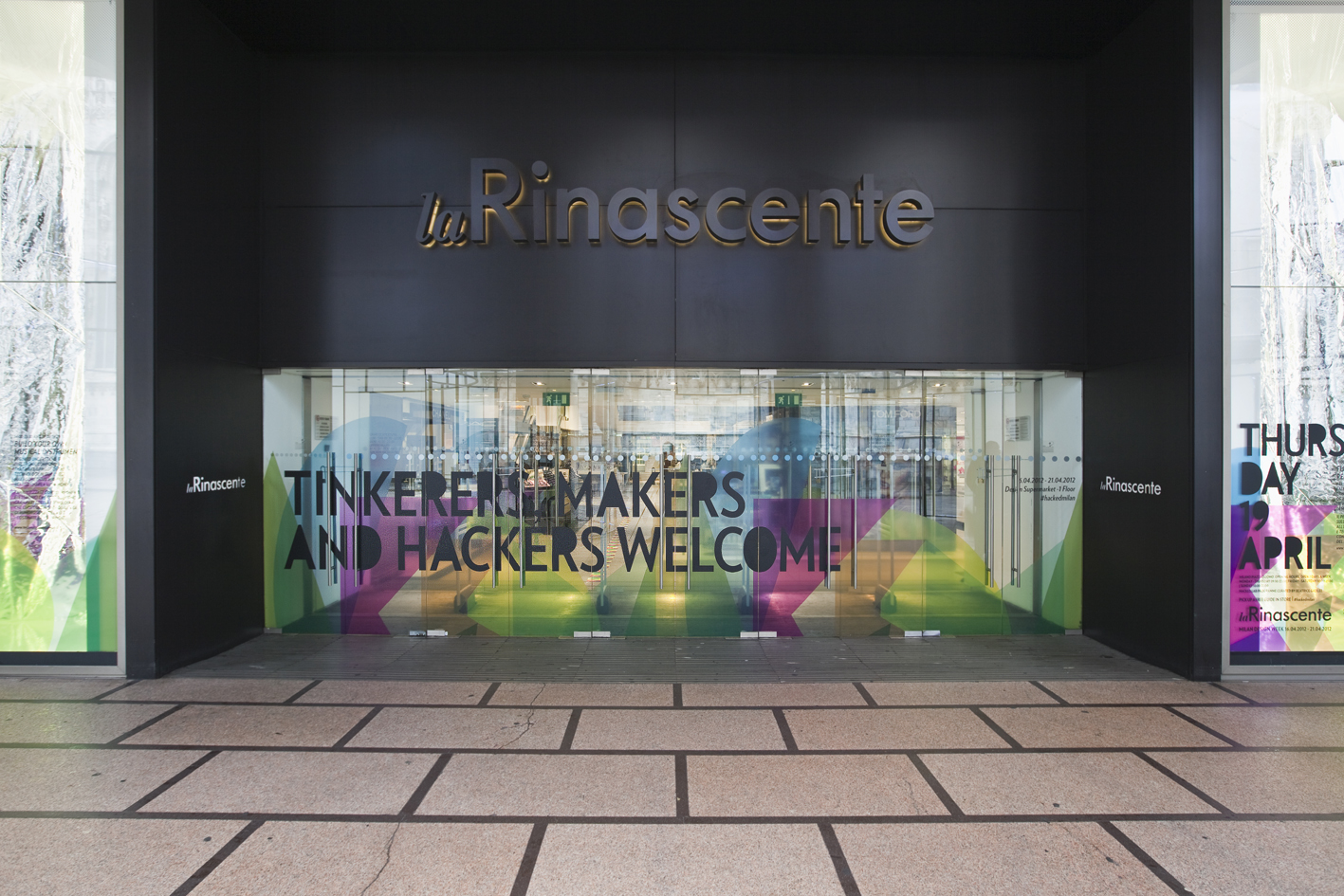Prada and Schiaparelli: Impossible Conversations
/by Ingrid Mida
It seemed like it would be an impossible task to match the Costume Institute’s McQueen blockbuster of last summer with an equaling compelling and aesthetically engaging display. Nonetheless, curators Andrew Bolton and Harold Koda achieved the impossible in their latest exhibition called Schiaparelli and Prada: Impossible Conversations. In this witty and provocative installation, they have set a new bar for curation of fashion by their creative use of technology and their innovative juxtaposition of fashion from the past and the present.
Waist Up - Waist Down Gallery
Although Elsa Schiaparelli (1890-1973) and Miuccia Prada (b. 1949) came from different eras, they both challenged cultural norms and expressed their unconventional ideas about beauty and femininity through fashion. Koda and Bolton developed themes that reflected the two women’s shared interests and visual aesthetics, but also identified their different approaches to design by creating imagined conversations between the two designers. It is in this novel approach to animating the exhibition, which reminds us that garments reflect the ideas and attitudes of their creators and are designed for living bodies.
Surreal Body Gallery
Taking inspiration from Miguel Covarrubias’s “Impossible Interviews” for Vanity Fair in 1930s, the imagined conversations are presented in the context of a dinner party with Miuccia Prada sitting at one end of the dining table and Elsa Schiaparelli at the other. The script for their conversations was developed from the text from the 1950s autobiography by Schiaparelli and from interviews with Prada that suggest a real-time response. Schiaparelli’s part is played by an actress and Prada responds as herself. Their imagined conversations seem like good-natured arguments between two friends, infusing the installation with whimsy and a cheeky playfulness.
The exhibition has a modernist, clean aesthetic and includes ninety designs and thirty accessories from the two designers. In general, the rooms are dark putting a spotlight on the video presentations, and creating focal points through selective lighting of the outfits on display. Mannequins act as blank canvases for the garments and are organized in thematic groupings of Waist Up/Waist Down, Hard Chic, Ugly Chic, Naif Chic, and aspects of the Dressed Body. There is an aesthetic coherence to the four rooms, providing a unifying element for what could easily have become a chaotic mess without the tight editing and restraint that Koda and Bolton have demonstrated in this visually appealing installation. Although Schiaparelli's lobster dress and skeleton dress are not on display, the exhibition cleverly makes reference to these iconic garments and conveys the whimsy, irony and unconventional nature of these important designers.
Exotic Gallery View
In another stroke of brilliance, the curators commissioned Guido Palau to make customized masks for the mannequins. These masks, each unique and exquisitely embellished, add an element of surreal fantasy to the display, as well as unifying the presentation. These masks often play off the design elements within the garments themselves. For example the mask accompanying the gown for the Tear Dress, 1938 by Schiaparelli and Dali, includes a Dali moustache.
Naif Chic Gallery View
As a whole, the exhibition gives the viewer cause to consider the nature of fashion and art. At the press preview Thomas P. Campbell, Director and CEO of the Metropolitan Museum of Art, said “Schiaparelli’s collaborations with Dali and Cocteau as well as Prada’s Fondazione Prada push art and fashion ever closer, in a direct, synergistic, and culturally redefining relationship.” There are also direct references to the two designer’s opinions on the topic and it is clear that this is a point of difference between the two. In the Ugly Chic gallery, Schiaparelli said: “Dress designing…is to me not a profession but an art.” To this Prada responded: “Dress designing is creative, but it is not an art…. But to be honest, whether fashion is art or whether even art is art doesn’t really interest me. Maybe nothing is art. Who cares!” The exhibition closes with an animated conversation between Prada and Schiaparelli on the nature of fashion and art, in which the designers conclude by agreeing to disagree. This part of the exhibition caused me to smile. It seemed to provide another connection to my interest in the intersection of fashion and art, and I recalled my conversations with Harold Koda and other curators on this topic. Imagining my own conversation with Miuccia Prada, I would have suggested to her that instead of “Maybe nothing is art”, maybe everything is or could be art. To that, no doubt she would have responded like she did in the installation: “The term [artist] itself seems old-fashioned. It’s a term that does not relate to modern times. And it’s too confining. What I love about fashion is its accessibility and its democracy. Everyone wears it, and everyone relates to it.” And on that point, we would have agreed.
Prada and Schiaparelli: Impossible Conversationsopens to the public at the Costume Institute of the Metropolitan Museum of Art in New York City on May 10, 2012 and will run until August 19, 2012.
Photo credits: All photos provided courtesy of the Costume Institute of the Metropolitan Museum of Art and are subject to copyright.
Ingrid Mida is a Toronto-based artist and writer who is interested in the intersections between fashion, art and history. She has a show called "Constructions of Femininity" opening at Loop Gallery in Toronto on May 26, 2012 and will be speaking at Fashion Tales 2012 in Milan in June 2012 on "The Metaphysics of Blogging".


















